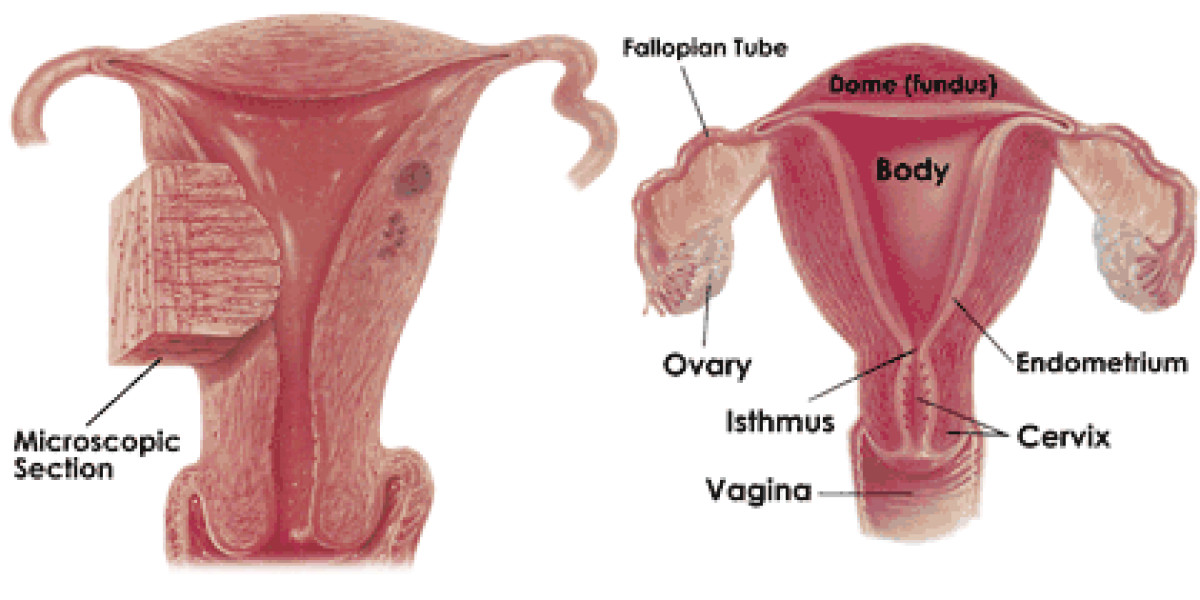Adenomyosis is a condition that affects the uterus, causing heavy periods, pelvic pain, and discomfort. Despite its prevalence, many people are unfamiliar with this condition and its implications. In this article, we will delve into what adenomyosis is, its causes, symptoms, and available treatment options.
What is Adenomyosis?
Adenomyosis is a condition where the tissue that lines the uterus (endometrium) begins to grow into the muscular walls of the uterus. This can lead to an enlarged uterus, heavy or prolonged menstrual bleeding, and pelvic pain.
Causes of Adenomyosis
The exact cause of adenomyosis is still unknown, but several factors may contribute to its development. These include hormonal imbalances, inflammation, and previous uterine surgeries.
Symptoms of Adenomyosis
The symptoms of adenomyosis can vary from person to person and may include:
Heavy or prolonged menstrual bleeding
Severe menstrual cramps
Pelvic pressure or discomfort
Pain during intercourse
Bloating or swelling of the abdomen
Diagnosis
Diagnosing adenomyosis can be challenging as its symptoms often mimic those of other conditions such as endometriosis or fibroids. However, your doctor may perform a combination of pelvic exams, imaging tests (such as ultrasound or MRI), and in some cases, a biopsy to confirm the diagnosis.
Treatment Options
Treatment for adenomyosis depends on the severity of symptoms and whether you plan to have children in the future. Some common treatment options include:
Pain medication: Over-the-counter pain relievers such as ibuprofen can help alleviate menstrual cramps associated with adenomyosis.
Hormonal therapy: Birth control pills, hormone-containing intrauterine devices (IUDs), or hormone-releasing implants may help regulate menstrual cycles and reduce symptoms.
Uterine artery embolization: This minimally invasive procedure involves blocking the blood supply to the uterus, which can help shrink adenomyosis and relieve symptoms.
Hysterectomy: In severe cases where other treatments have failed, surgical removal of the uterus (hysterectomy) may be recommended.
Lifestyle and Home Remedies
In addition to medical treatments, certain lifestyle changes and home remedies may help manage symptoms of adenomyosis. These include:
Applying heat: Placing a heating pad or hot water bottle on your abdomen can help alleviate pelvic pain and discomfort.
Practicing relaxation techniques: Stress can exacerbate symptoms of adenomyosis, so practicing relaxation techniques such as deep breathing, meditation, or yoga may help reduce stress and relieve symptoms.
Eating a healthy diet: Maintaining a balanced diet rich in fruits, vegetables, whole grains, and lean proteins can help support overall health and may alleviate symptoms of adenomyosis.
Conclusion
Adenomyosis is a common but often misunderstood condition that can significantly impact a person's quality of life. By understanding the causes, symptoms, and treatment options available, individuals affected by adenomyosis can work with their healthcare providers to manage their symptoms effectively and improve their overall well-being. If you suspect you may have adenomyosis, it's essential to consult with your doctor for proper diagnosis and treatment.








